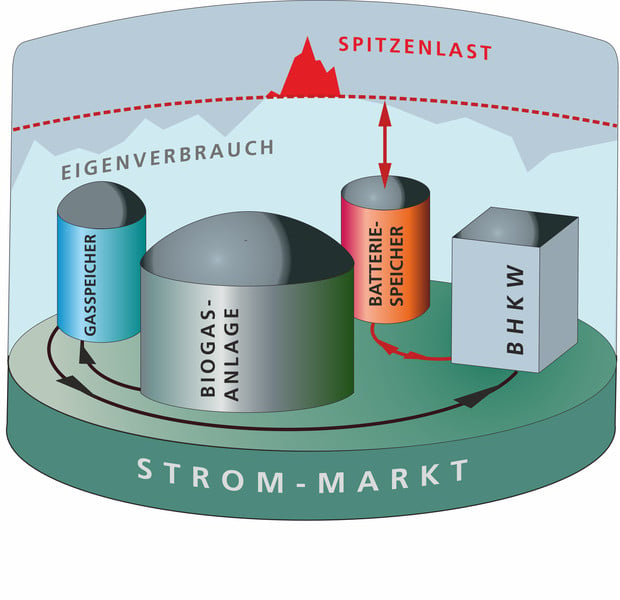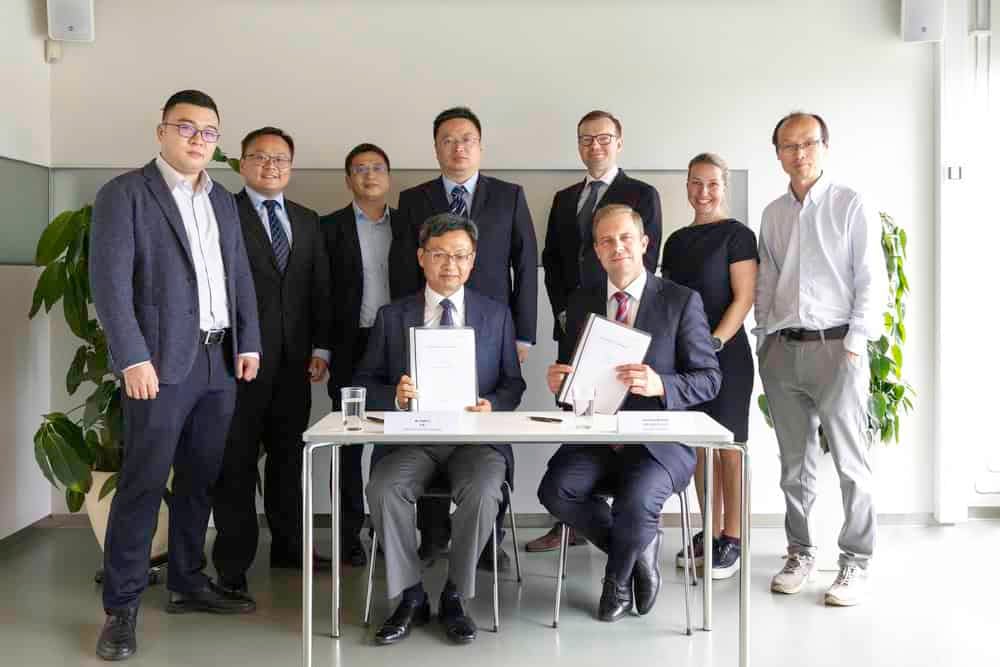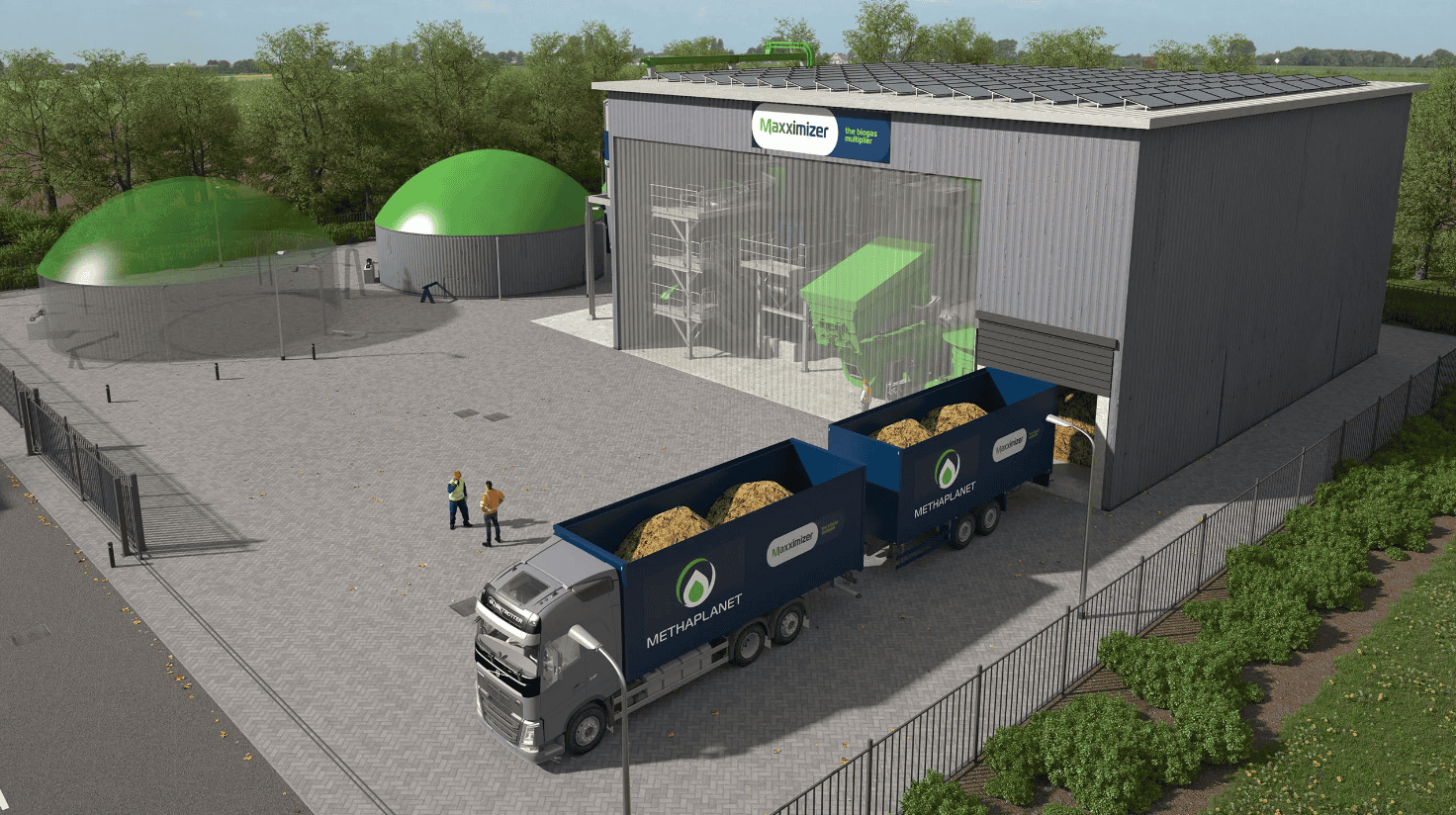
The proportion of renewable energy sources in total energy consumption has been on the rise for years. Nevertheless, the storage of this energy, which is generated by e.g. wind power still poses challenges for industry. Electrochemical electricity storage systems, especially batteries, are being constantly improved upon when it comes to performance, availability, and cost.
What’s more, bioenergy, for example in the form of biogas production plants, is used in the energy sector as a chemical energy provider and storage medium. In their BioBatSys (Biogas Plant Battery System) project, researchers at the German Fraunhofer Institute for Energy Economics and Energy System Technology (IEE) are now combining both forms of energy storage – biogas plants and battery storage – so as to open up new marketing channels.
Distinct properties
There are distinct differences between the two forms where their technical and economic properties are concerned. And therefore also in their fields of application. While batteries can provide very high levels of power in the short term, biogas plants are mechanically inert but can store energy over longer periods of time and then access this as needed. Systems with a targeted and coordinated combination of a flexibly operated biogas plant and a highly dynamic battery storage system would not only be able to serve the fields of application that have been addressed so far – such as the supply of electricity under the Renewable Energy Sources Act (EEG) or marketing via direct providers – but could also pave the way for new fields of application, the scientists explain.
Biogas plants are the focus of the research at BioBatSys. The researchers want to find out whether on-site energy consumption can be optimized through a targeted combination with battery storage. And if so, if there are any other marketing options. The aim is “to find both technologically and economically advantageous solutions in terms of reliability, service life, and sustainability in operational management.”
Feasibility check
First of all, BioBatSys will identify any potential cases in which it could be used. Subsequently, the researchers want to test which of these application cases are feasible from a techno-economic point of view on agricultural enterprises that are representative and have their own biogas plants. “As a final step, a calculation will be made for two existing biogas plants in order to further finetune the practical relevance of the project. As well as to determine whether the operation of the biogas plants can be optimized by one or more use scenarios.”
The scientists plan to implement phase two of the project with a real biogas plant run by Fraunhofer IEE. In this way, they want to prove the “profitability of the determined use scenario” in practice.
BioBatSys is funded by the German Federal Ministry of Food and Agriculture (BMEL) via the Fachagentur Nachwachsende Rohstoffe e. V. (FNR) renewable energy project management agency.
Title picture: The BioBatSys project combines biogas plants with battery storage © Fraunhofer IEE | U. Werner








